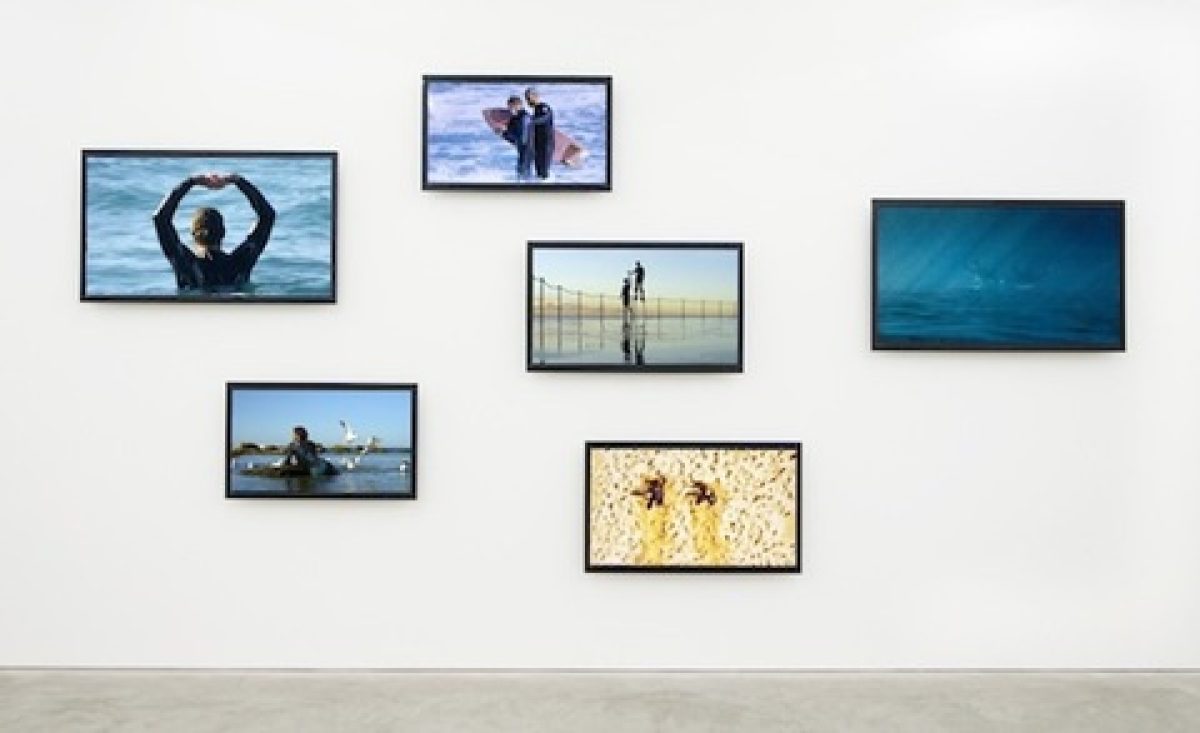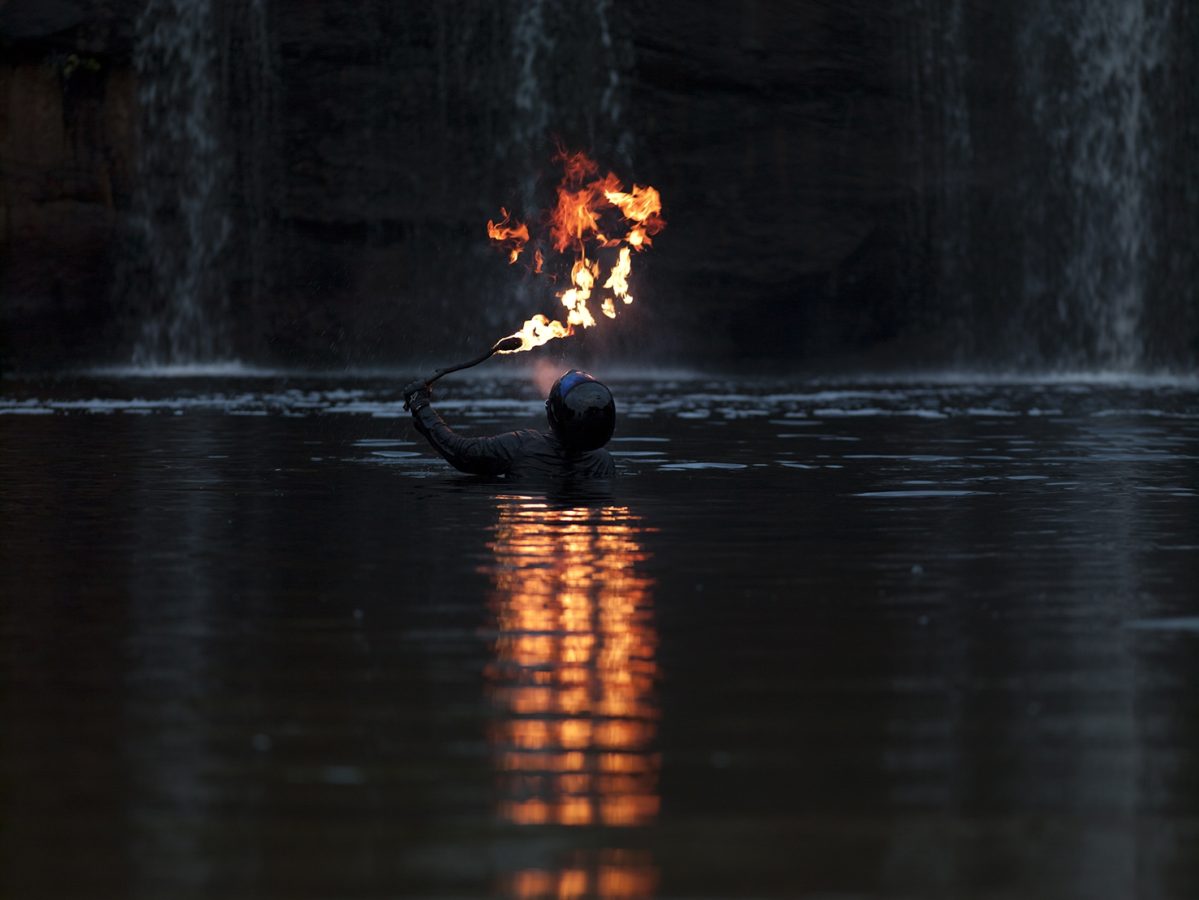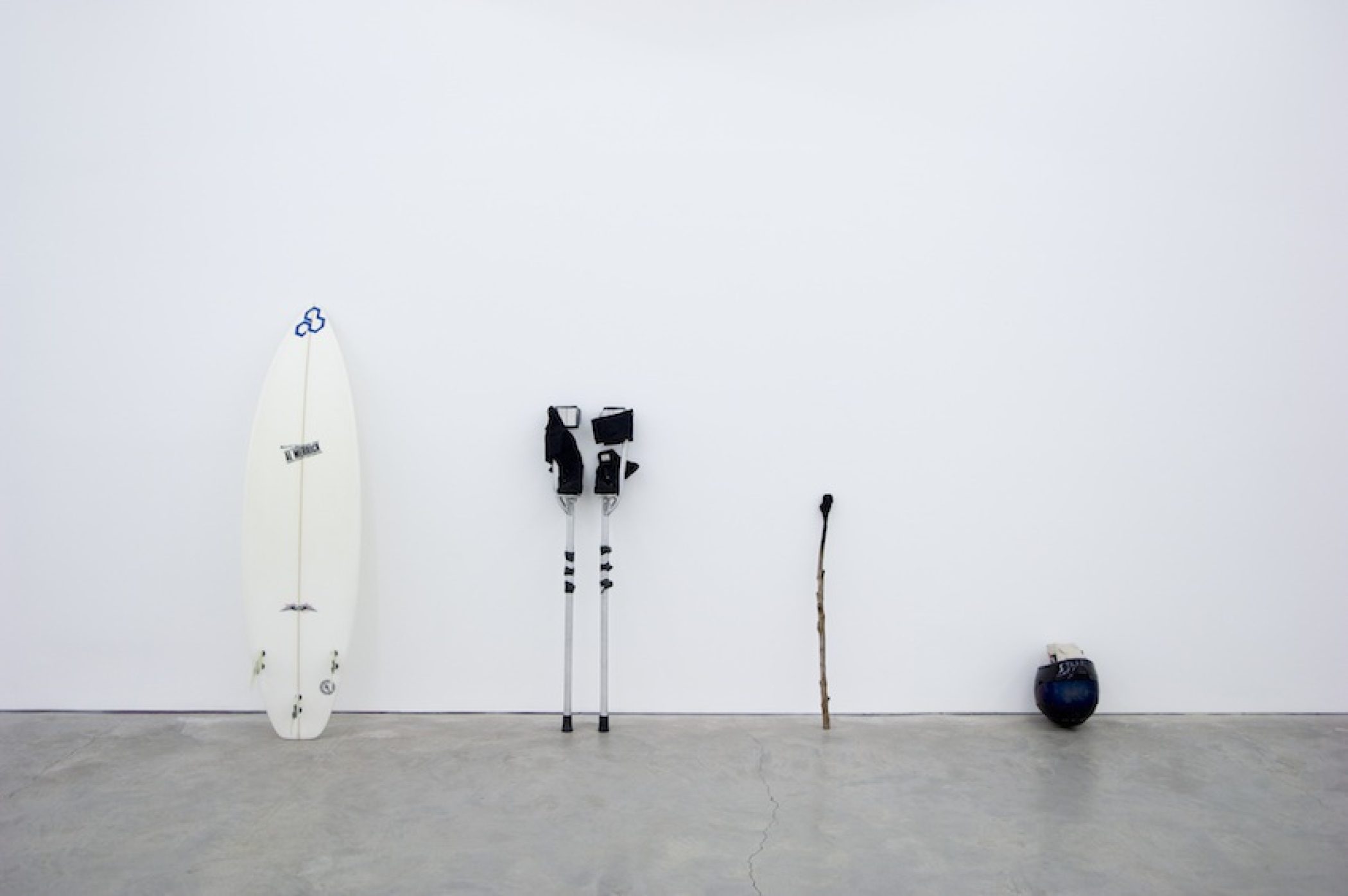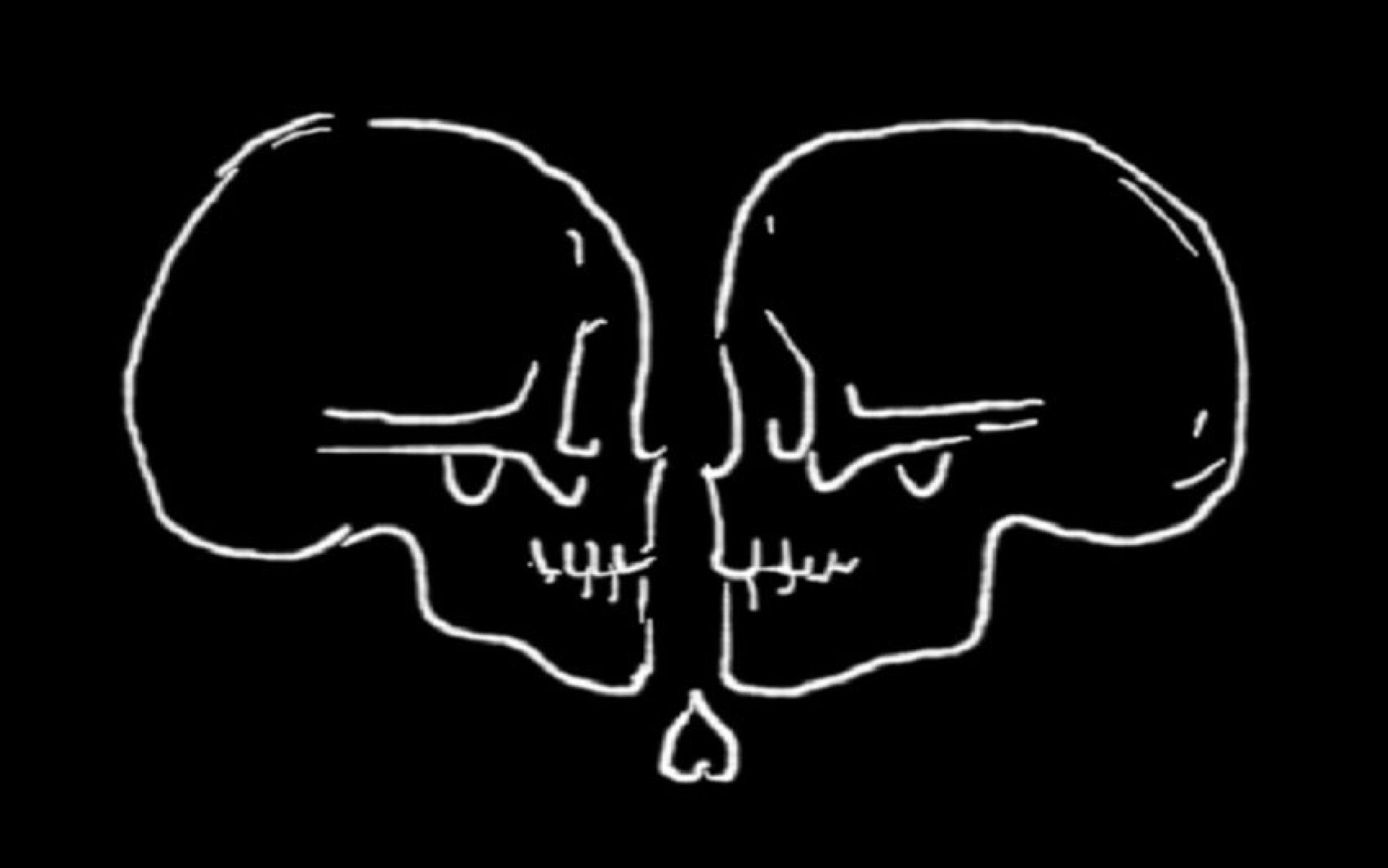Shaun Gladwell
Morning of the Earth
21st November – 21st December 2013
Anna Schwartz Gallery
‘Morning of the Earth’ further elaborates Shaun Gladwell’s interest in mythology and art history, re-deployed through the performance of extreme physical action and popular culture. In these new video, animation and sculptural works, gesture, balance and geometry are reinterpreted in contemporary technology and the Australian coastal landscape.
The title of the exhibition refers to the 1971 classic Australian surf film by Alby Falzon and David Elfick. In Gladwell’s new body of work, the idyllic aesthetic of the film becomes a treatment for Richard Wagner’s 1841 opera Der fliegende Holländer (The Flying Dutchman). Gladwell says, “I am interested in the philosopher Gilles Deleuze’s notion of surfing as distinct from classical movement. The surfer must respond to the forces of the wave whereas in other activity, the mechanics of movement is largely autonomous. To structure a video work around Wagner’s The Flying Dutchman is to also surf with and against the sociopolitical forces at play within this opera.”
In Gladwell’s six-channel video work, The Flying Dutchman in Blue, the drama of Wagner’s opera is transposed onto the beach, where the original characters – Dutch and Norwegian sailors – are played by Australian surfers, all also professional dancers. These performers move at the edge of dance: their actions in the water and on the sand describing an expanded choreography. The performers constantly improvise to survive the unpredictable and turbulent power of the Tasman Sea’s winter swell. This dramatic east coast of Australia is where the drama of the opera plays out, sometimes through an obvious, descriptive series of gestures and at others, through highly experimental and abstracted sequences of movement that depart from the opera’s original libretto. Gladwell’s relocation of the drama also sees the addition of a new character to the original opera’s cast: to this dark northern European ghost story of the seas is added an indigenous spirit guide, who intercedes in Erik, the huntsman’s, course of action; the role offers ‘guidance’ to Wagner’s opera in its new Australian context and locates the work within the vast indigenous cultural history of the continent.
Aspects of the work are critical of the opera and its author. The performers are seen recording each other with cameras; not simply looking at one another but registering and analysing their motivations and the surrounding environment. This self-imaging and questioning calls upon a history of artistic and philosophical doubt and a reference to Frederick Nietzsche’s detailed critique of Wagner.
In one reading of this work, Gladwell has bypassed the controversy surrounding Wagner by suggesting we all just ‘go surfing.’ However, for many Australians, the beach is not only a recreational space but a politically loaded site. Australia has constructed a major narrative within its national identity: firstly, through adversity on the distant beach of Gallipoli in the First World War and more recently its self-image as a harmonious multicultural society was shattered during the Cronulla beach riots of 2005. The Flying Dutchman in Blue may appear as a continuation of the sublime tendencies of the Romantic tradition, however Gladwell contrasts the utopian philosophy of surf culture within the late 1960s and early 1970s against the problematic constructions of a national identity.
The interpersonal drama of The Flying Dutchman is interpreted as a looped animation in Gladwell’s The Dutchman and Senta Together. The opera’s central protagonists, lovers The Dutchman and Senta, are depicted as two eternally crying human skulls, a graphic distillation of their story’s tragic ending and the opera’s core themes of love and sacrifice. The simple linework animation, whose tattoo-like form refers to the sailors who populate the opera, is produced in the style of direct drawing onto film pioneered by artists such as Norman McLaren and Len Lye. It is rendered here on the iPad, a contemporaneous medium, as was film for McLaren and Lye.
Gladwell revisits the composite figure of earlier work, Maximus, in Maximus Swept out to Sea (Wattamolla). The black-clad, helmeted figure is a continuation of Gladwell’s series of investigations of performance in a distinctly Australian landscape, a project that recalls motifs and figures from across generations of Australia’s landscape tradition. Maximus is seen wading through a billabong, lighting a torch from a burning branch. He moves before a waterfall, breathing fire, and struggles against the waves in the open ocean before disappearing from view. His progress may be analogous to the progression of an idea, of an individual or consciousness; the work is rich with the symbolism and associations not only of Maximus’ previous journeys through the land but also with the scene and moral of Wagner’s Dutchman, Senta and sailors.
The elements in which Maximus’ actions are always located — fire and water, air and earth — are directly invoked in Aristotelian Elements Lean-To, Gladwell’s sculpture of performative readymades, or the remains of actions. This work is the materialisation of the objects featured in The Flying Dutchman in Blue and Maximus Swept out to Sea (Wattamolla), and refers to Aristotle’s system of elements and their properties: Water (a surfboard), Air (stilts), Fire (the torch) and Earth (a helmet filled with clay). These objects stand not merely as props but as extensions of the human body: instruments, vessels and vehicles for exploring and identifying the limits of the self and the surrounding environment.
Images

Shaun Gladwell
The Flying Dutchman in Blue, 2013
six-channel video, looped, 16:9, colour, silent

Shaun Gladwell
Maximus Swept out to Sea (Wattamolla), 2013
HD video, 16:9, colour, silent
12 minutes 33 seconds

Shaun Gladwell
Aristotelian Elements Lean-To, 2013
surfboard, stilts, branch, motorcycle helmet, clay
dimensions variable

Shaun Gladwell
Dutchman and Senta Together, 2013
hand-drawn animation on iPad, framed, looped, black and white, silent
20 x 25 cm
Edition of 6



